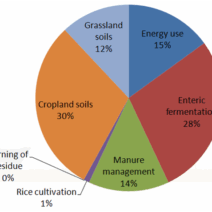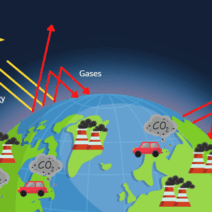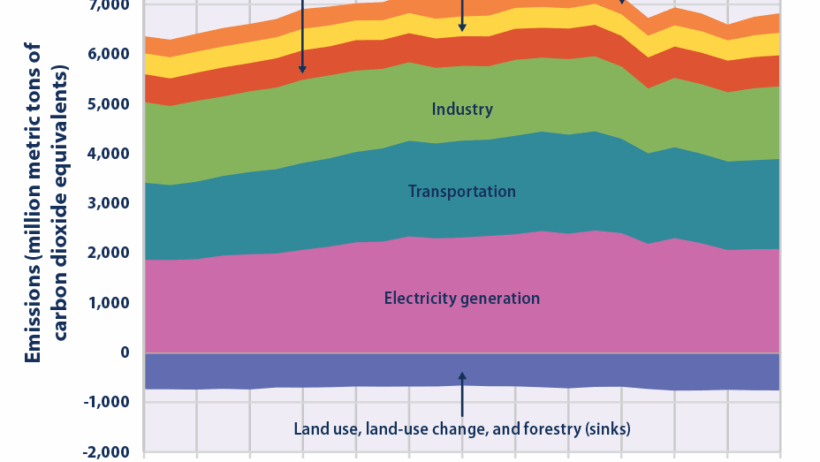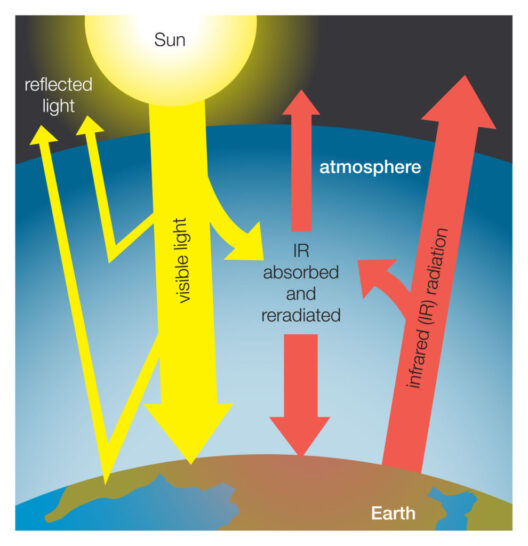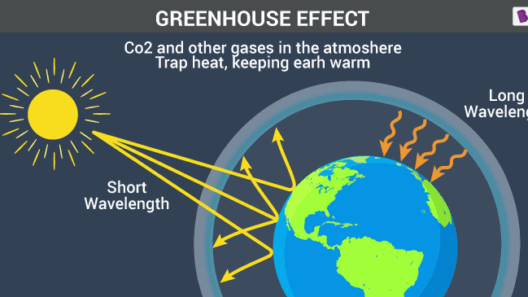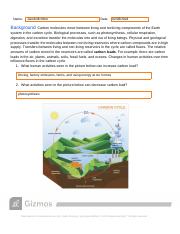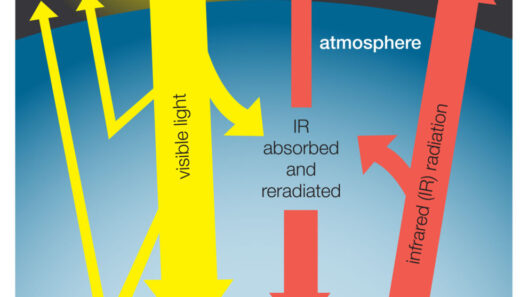The greenhouse effect is a natural process that warms the Earth’s surface. It occurs when the sun’s energy reaches the Earth’s atmosphere – some of this energy is reflected back to space and the rest is absorbed and re-radiated by greenhouse gases. Human activities have significantly amplified this natural phenomenon, contributing to accelerated climate change. Understanding the leading contributors to the greenhouse effect is pivotal in addressing global warming and its associated impacts.
Greenhouse gases (GHGs) primarily comprise carbon dioxide (CO2), methane (CH4), nitrous oxide (N2O), and fluorinated gases. While these gases are present in natural amounts, human activities have considerably increased their concentrations in the atmosphere, leading to a dramatic rise in global temperatures. The major causes of the greenhouse effect result from various sectors of human activity, including fossil fuel combustion, industrial processes, deforestation, and agricultural practices.
At the forefront of greenhouse gas emissions is the combustion of fossil fuels – a practice rooted in the modern industrial era. The burning of coal, oil, and natural gas for electricity and heat is the single largest source of global CO2 emissions. These fossil fuels are utilized in transportation, electricity generation, and industrial processes, encompassing a broad spectrum of daily activities that sustain contemporary life. The ubiquitous nature of fossil fuel reliance underscores its role in exacerbating the greenhouse effect.
Carbon dioxide emissions from vehicles, power plants, and manufacturing facilities account for a substantial percentage of total greenhouse gas emissions. The transportation sector, which includes cars, trucks, airplanes, and ships, represents a significant challenge in mitigating climate change. As populations grow and economies develop, transportation needs increase, leading to heightened dependence on fossil fuels. This rampant fossil fuel consumption has led to an alarming rise in atmospheric CO2 levels, inspiring calls for clean energy alternatives and more sustainable practices.
Deforestation is another significant contributor to the greenhouse effect. Forests act as natural carbon sinks, absorbing CO2 from the atmosphere. However, human activities, particularly in agriculture and urbanization, result in extensive tree clearing. The loss of these trees not only eliminates their carbon-absorption capabilities but also releases stored carbon back into the atmosphere upon decomposition or burning. This dual impact exacerbates climate change, making deforestation one of the critical environmental issues of our time.
Agricultural practices are also a considerable source of greenhouse gases, particularly methane and nitrous oxide. Methane is produced during the digestive processes of livestock, especially cattle, and is released from manure management systems and rice paddies. Notably, methane is more effective than CO2 at trapping heat in the atmosphere, albeit existing in smaller quantities. The intensive agricultural practices, including the use of synthetic fertilizers, further result in nitrous oxide emissions. Like methane, nitrous oxide contributes significantly to the greenhouse effect, amplifying the challenges posed by climate change.
Industrial processes contribute to greenhouse gas emissions as well. Certain industries, like cement production and chemical manufacturing, release significant volumes of GHGs through their operations. The production of cement alone accounts for nearly 8% of global CO2 emissions. Moreover, various chemical reactions within industries can generate potent greenhouse gases that are far more damaging than CO2, albeit in smaller quantities. Addressing emissions from industrial activities is critical to devising effective greenhouse gas mitigation strategies.
Fluorinated gases, while present in much lower concentrations compared to other GHGs, are potent contributors to the greenhouse effect. These synthetic gases are primarily used in industrial applications, refrigeration, and air conditioning. They are characterized by their significant heat-trapping ability — some are thousands of times more effective than CO2 at absorbing heat. Their long atmospheric lifespans further amplify concerns, as they persist for decades or even centuries. Regulating these gases is essential in any comprehensive approach to tackling climate change.
Alongside identifying the sources of greenhouse gas emissions, understanding the socio-economic implications of these contributors is imperative. Investment in renewable energy technologies, energy efficiency, and sustainable agricultural practices can serve as mitigating strategies against climate change. Programs aimed at reforestation and afforestation also play a crucial role in carbon capture. Governments, businesses, and individuals must collaborate to reduce emissions, enhance carbon sinks, and devise innovative solutions that address the multifaceted issue of climate change.
Ultimately, the greenhouse effect, exacerbated by human activity, poses one of the greatest environmental challenges of the 21st century. By comprehensively understanding the major causes – fossil fuel combustion, deforestation, agricultural practices, industrial emissions, and fluorinated gases – we can more effectively advocate for the necessary changes. Awareness and education are paramount in galvanizing action. Only through collective and sustained efforts can we hope to mitigate the detrimental effects of climate change and preserve the Earth for future generations.
